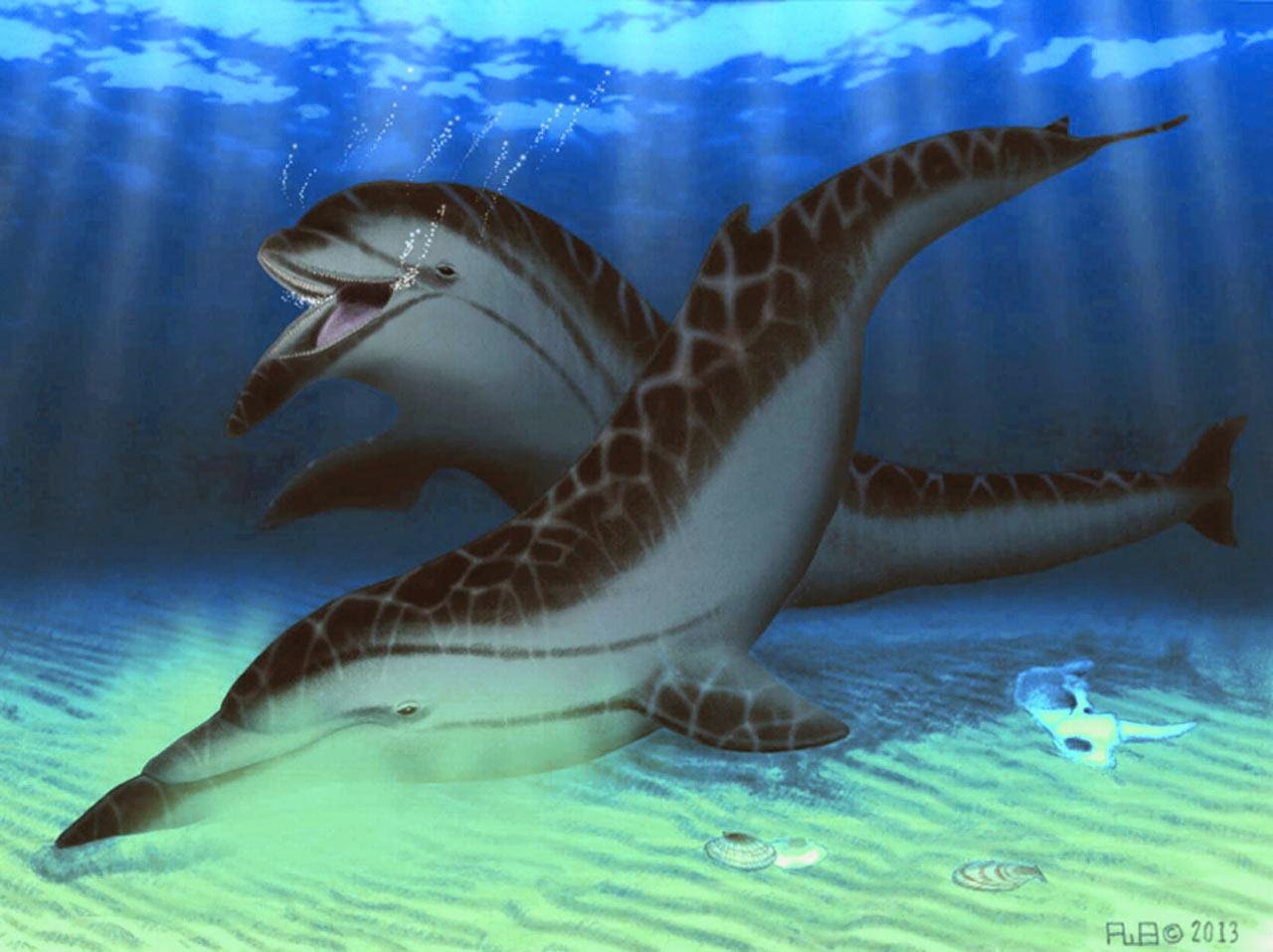![]() |
Pictured is a flower of the plant Rafflesia, which produces the world's largest flowers at up to one meter in diameter. These parasitic plants, found in Southeast Asia, attract carrion fly pollinators with an odor similar to rotting flesh. Lachezar A. Nikolov et al. examined the morphological differences between Rafflesia and its close relative Sapria, both members of the Rafflesiaceae family. The two genera both enclose their reproductive organs within a diaphragm, yet the structures of the diaphragms are markedly different. The findings suggest that the two genera developed their respective floral structures independently, via two different developmental pathways.
|
Abstract
Rafflesiaceae, which produce the world’s largest flowers, have captivated the attention of biologists for nearly two centuries. Despite their fame, however, the developmental nature of the floral organs in these giants has remained a mystery. Most members of the family have a large floral chamber defined by a diaphragm. The diaphragm encloses the reproductive organs where pollination by carrion flies occurs. In lieu of a functional genetic system to investigate floral development in these highly specialized holoparasites, we used comparative studies of structure, development, and gene-expression patterns to investigate the homology of their floral organs. Our results surprisingly demonstrate that the otherwise similar floral chambers in two Rafflesiaceae subclades, Rafflesia and Sapria, are constructed very differently. In Rafflesia, the diaphragm is derived from the petal whorl. In contrast, in Sapria it is derived from elaboration of a unique ring structure located between the perianth and the stamen whorl, which, although developed to varying degrees among the genera, appears to be a synapomorphy of the Rafflesiaceae. Thus, the characteristic features that define the floral chamber in these closely related genera are not homologous. These differences refute the prevailing hypothesis that similarities between Sapria and Rafflesia are ancestral in the family. Instead, our data indicate that Rafflesia-like and Sapria-like floral chambers represent two distinct derivations of this morphology. The developmental repatterning we identified in Rafflesia, in particular, may have provided architectural reinforcement, which permitted the explosive growth in floral diameter that has arisen secondarily within this subclade.
Keywords: ABC model, comparative gene expression, evo-devo, gigantism, parasitic plants
![]() |
Fig. 1. Gross morphology, longitudinal sections,
and accepted phylogenetic relationships of Rafflesiaceae.
Rafflesia (A) and Sapria (C) exhibit floral chambers, defined by a diaphragm, where the central reproductive column resides. The central column of Rhizanthes (B) is exposed because no floral chamber is formed.
|
Significance
Rafflesiaceae produce the world’s largest flowers, but the developmental nature of their floral organs has remained a mystery. Most members of the family have a large floral chamber, which encloses their reproductive organs. We used comparative studies of development and gene-expression patterns to investigate the homology of their floral organs. Our results demonstrate that the similar floral chambers in two Rafflesiaceae subclades are constructed very differently. Thus, the characteristic features that define the floral chamber in these closely related clades are not homologous. Instead, these data indicate that similar floral chambers represent two distinct derivations of this morphology, which may have contributed to the explosive growth in floral diameter that arose secondarily within one subclade, Rafflesia.
Lachezar A. Nikolov, Peter K. Endress, M. Sugumaran, Sawitree Sasirat, Suyanee Vessabutr, Elena M. Kramer, and Charles C. Davis. 2013. Developmental Origins of the World’s largest flowers, Rafflesiaceae.
PNAS. 110(46); 18578–18583. doi:
dx.doi.org/10.1073/pnas.1310356110











































